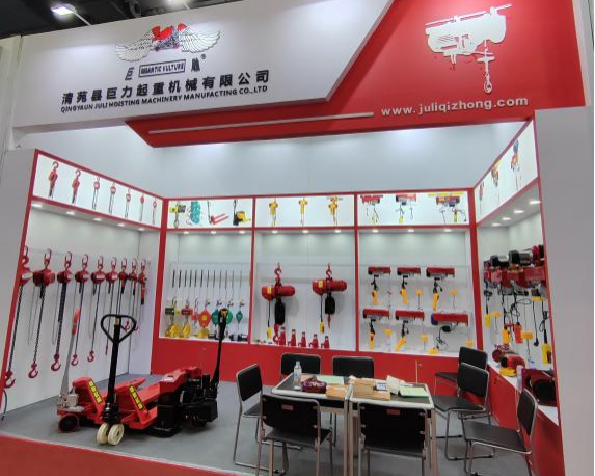


Understanding Fall Protection Key Elements and Best Practices
Fall protection is a critical aspect of workplace safety, especially in industries such as construction, warehousing, and manufacturing, where the risk of falling from heights is prevalent. According to the Occupational Safety and Health Administration (OSHA), falls are among the leading causes of workplace injuries and fatalities. Implementing a robust fall protection plan is essential for safeguarding workers and ensuring compliance with safety regulations. This article will explore the key elements of fall protection, types of systems available, and best practices for implementation.
The Importance of Fall Protection
The need for fall protection cannot be overstated. Falls can result in severe injuries, including fractures, head trauma, and even death. Furthermore, the financial implications for employers can be significant. Beyond potential fines for non-compliance with OSHA regulations, workplaces may experience increased workers' compensation claims, loss of productivity, and damage to reputation. Therefore, establishing an effective fall protection strategy is not only a legal requirement but also a moral obligation to protect employees.
Key Elements of a Fall Protection Plan
A comprehensive fall protection plan should encompass several key components
1. Assessment of Fall Hazards Before implementing any fall protection measures, it is vital to conduct a thorough assessment of the workplace to identify potential fall hazards. This involves evaluating the work environment, the tasks being performed, and the height at which the work is taking place.
2. Selection of Appropriate Fall Protection Systems Once hazards are identified, appropriate fall protection systems must be selected. These systems can be classified into three categories - Personal Fall Protection Equipment (PFPE) This includes harnesses, lanyards, and anchor points. PFPE is designed to protect individual workers by arresting falls. - Guardrails and Handrails These are physical barriers installed around elevated platforms, walkways, or other hazardous locations to prevent falls. - Safety Nets Safety nets catch falling workers and tools, providing an additional layer of protection in areas where other systems may not be feasible.
3. Training and Education Workers must be educated on the proper use of fall protection systems and the importance of safety protocols. Training should cover the correct use of equipment, hazard recognition, and emergency procedures in the event of a fall.
4. Regular Inspection and Maintenance All fall protection equipment should be inspected regularly to ensure it is in good working condition. Employers should establish a maintenance schedule and replace any damaged or worn-out equipment promptly.

5. Emergency Response Plan A fall protection plan should include procedures for responding to fall incidents. This includes training workers on how to administer first aid and evacuate or rescue fallen individuals safely.
Best Practices for Implementing Fall Protection
To effectively implement a fall protection plan, consider the following best practices
- Prioritize Fall Prevention Whenever possible, eliminate fall hazards rather than relying solely on protective measures. For example, use scaffolding or aerial lifts instead of ladders when working at heights.
- Involve Workers in Safety Planning Workers who are on the ground level and performing the tasks are often the best source of information regarding potential hazards. Involving them in safety planning can lead to more effective solutions.
- Ensure Compliance with Regulations Stay informed about OSHA regulations and guidelines regarding fall protection. Compliance is not just about avoiding fines; it is about creating a safe workplace.
- Foster a Safety Culture Encourage a culture of safety within the organization. Workers should feel empowered to report unsafe conditions and suggest improvements without fear of retaliation.
- Utilize Technology Consider employing technology, such as harnesses with built-in sensors or alert systems, which can enhance safety measures and provide real-time feedback.
Conclusion
Fall protection is a vital aspect of workplace safety that requires careful planning and execution. By understanding the critical elements of a fall protection plan, selecting the right systems, and instilling a culture of safety, employers can significantly reduce the risk of fall-related incidents. Investing in fall protection not only safeguards employees but also contributes to the overall efficiency and reputation of the organization. As we strive for safer work environments, let us prioritize the well-being of every worker.



